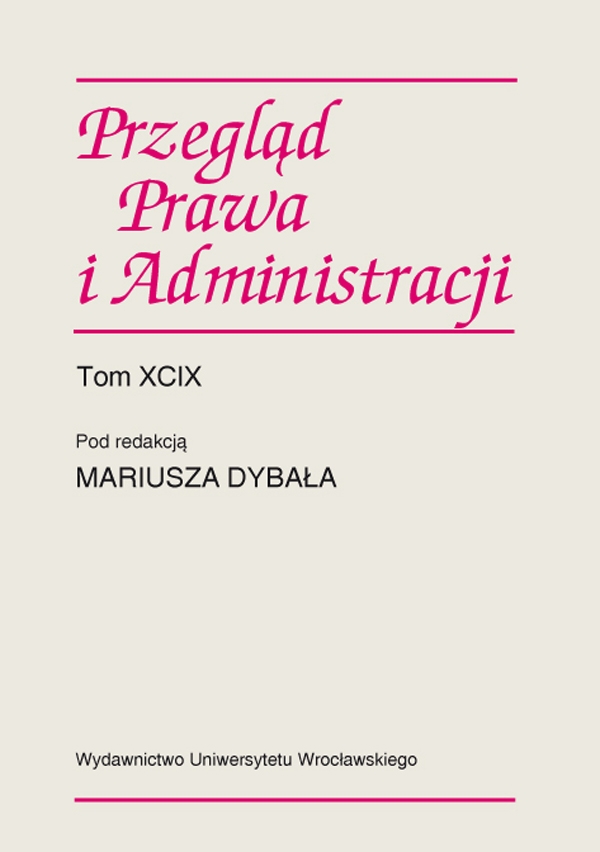

Artykuły archiwalne

POST-TRANSFORMATION OLD-AGE PENSION SECURITY IN POLAND. POSSIBLE DIRECTIONS OF FUTURE CHANGES
Old-age pension security in Poland has undergone numerous changes of varying character over the last 25 years. Its most significant part, comprising active workers outside agriculture, was affected by the largest number of regulations, beginning with terminology. Since 1999 universal pension system has been part of pension insurance. During the first years of the political transformation the previous old-age pension system was being reorganized. While the pay-as-you-go financing model was maintained, a new method of calculating pensions, one preserving redistribution, was introduced. Automatic indexation at first using a wage index, which was replaced by a price index in 1996 and limitation of privileges of certain professional groups were implemented. The social security reform, initiated in 1999, did not initially include all the elements of the pension system.
Aside from the pay-as-you-go scheme, it introduced a funded pension scheme, obligatory only forpart of the insured. Over 15 years the issue of calculating and payment of pensions has not been settled. Starting in 2011 many assumptions of the reform were revised: contributions were reduced, the retirement age of men and women was equalized and increased, although in a 30-year perspective, and finally, voluntary participation in the capital pillar of the old-age pension system was introduced. This is not the end of changes, especially in light of the expected low replacement rate in the future which, given lack of redistribution, will negatively affect the insured persons with lower than average incomes.